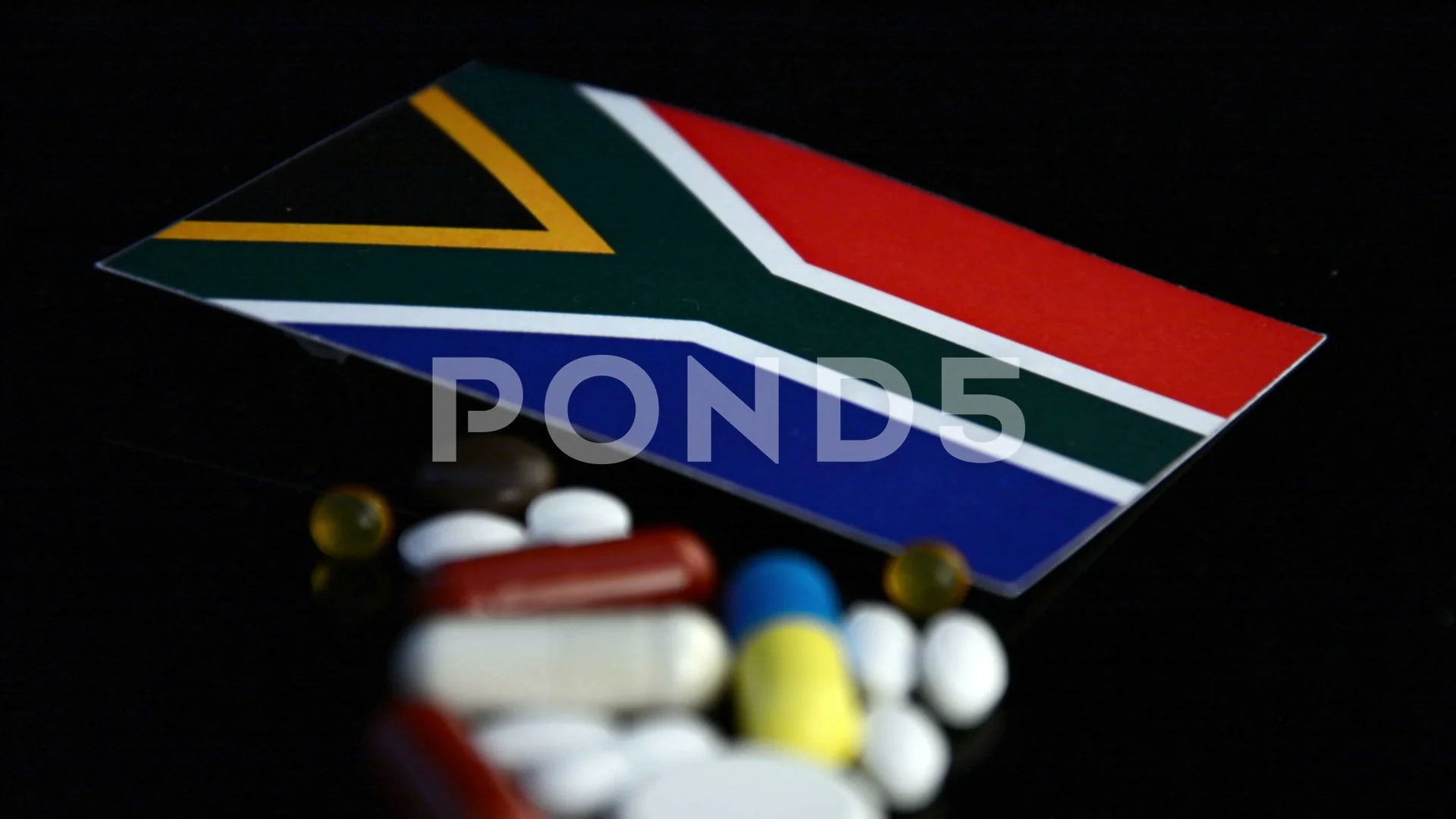Health care in South Africa varies from the most basic primary health
care, offered free by the state, to highly specialised, hi-tech health services
available in both the public and private sector.
However,
the public sector is stretched and under-resourced in places. While the state
contributes about 40% of all expenditure on health, the public health sector is
under
pressure to
deliver services to about 80% of the population.
The private
sector, on the other hand, is run largely on commercial lines and caters to
middle- and high-income earners who tend to be members of medical schemes. It
also attracts most of the country's health professionals.
This
two-tiered system is not only inequitable and inaccessible to a large portion
of South Africans, but institutions in the public sector have suffered poor
management, underfunding and deteriorating infrastructure. While access has
improved, the quality of health care has fallen.
The situation is compounded by public health challenges, including the burden of
diseases such as HIV and tuberculosis (TB), and a shortage of key medical
personnel.
However,
the South African government is responding with a far-reaching reform plan to
revitalize and restructure the South African health care system, including:
- Fast-tracking the implementation of a National Health Insurance
scheme, which will eventually cover all South Africans.
- Strengthening the fight against HIV and TB, non-communicable
diseases, as well as injury and violence.
- Improving human resource management at state hospitals and
strengthening coordination between the public and private health sector.
- Deploying "health teams" to communities and schools.
- Regulating costs to make health care affordable to all.
- Increasing life expectancy from 56.5 years in 2009 to 58.5 years
in 2014.
The bulk of
health-sector funding comes from South Africa's National Treasury. The
health budget for 2012/13 was R121-billion, which was aimed at improving hospitals
and strengthening public health ahead of the National Health Insurance scheme.
In 2011,
total spend on health was R248.6-billion – or around 8.3% of GDP, way above the
5% recommended by the World Health Organisation (WHO). Despite this high expenditure,
health outcomes remain poor when compared to similar middle-income countries.
This can largely be attributed to the inequities between the public and private
sector.
There are
about 381 Govt. hospitals in South Africa that are working very hard to keep
all the South Africans healthy. Out of which 255 hospitals are District
hospitals, 60 are Regional hospitals, 50 are Specialized
hospitals, 7 Provincial Tertiary hospitals, 9 National Central
hospitals. Here is the list of all the hospitals according to the province
and the types of hospitals.
Click below link to download pdf.









